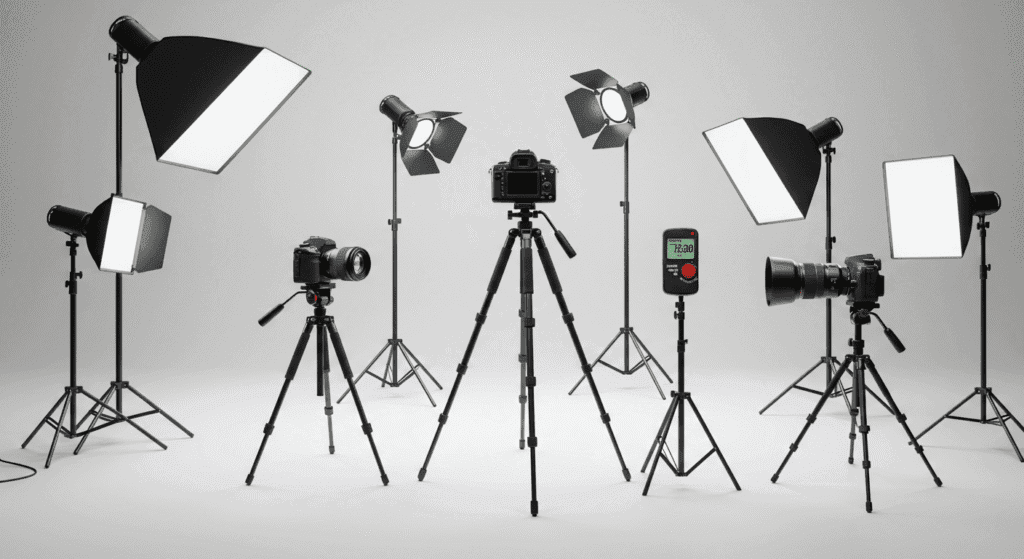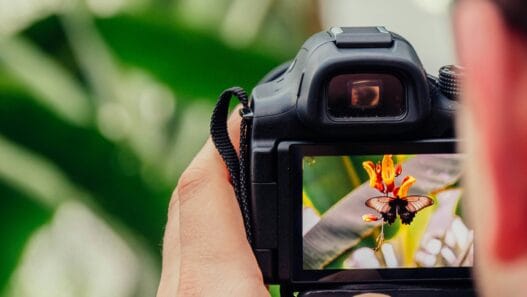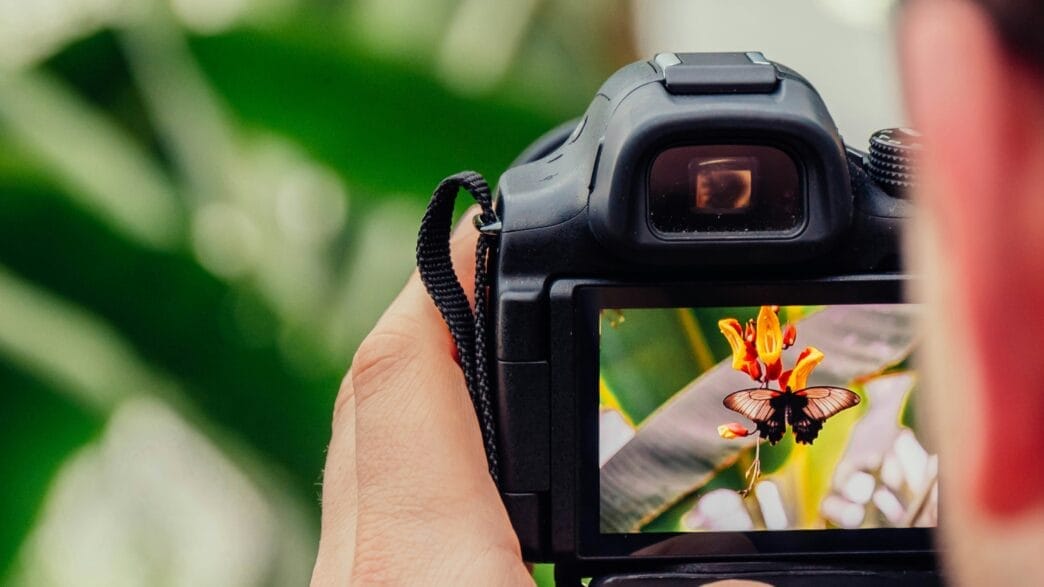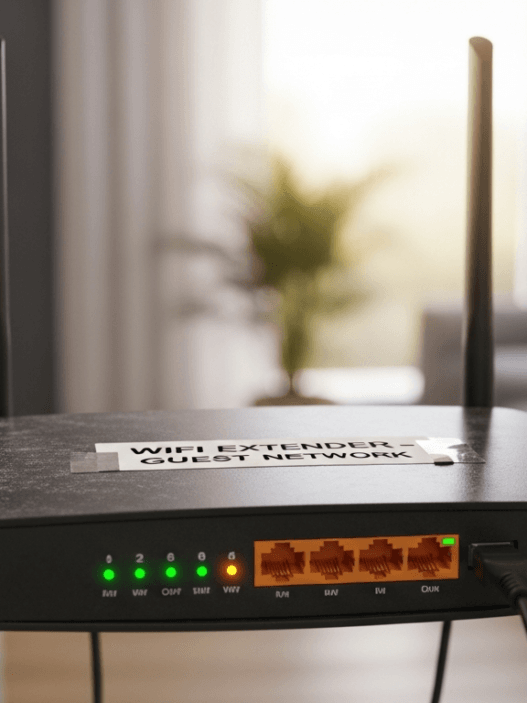If you have a best camera for photography but don’t know some concepts such as aperture, depth of field, or ISO, here are 10 tips to get better photos.
Table of Contents
It is very common to use the photography camera in automatic mode, as you will generally be able to portray scenes without any problem. However, in any case, it is always advisable to learn what concepts, such as ISO and aperture of the diaphragm, are or understand what the different compositions mean.
At first, these terms that have to do with the optics of the good cameras for photography can be somewhat difficult, but if you learn to use them in your day-to-day, you will notice that your photographs improve significantly. And in such a case, practice makes perfect.
Unlock the secrets to perfect photography with our 10 beginner photography camera tips, ensuring you always capture the best shots.
Hold the camera correctly for photography
To start, the first thing you need to know is how to hold a camera firmly so that the subjects you want to represent are not out of focus or blurry.
As a general rule, you will always have your shoulders aligned with your legs. With your right hand, hold the grip on the side, leaving your index finger available for the fire button and the thumb of the same hand for touching the screen.
With your left hand, hold the lens underneath, which will allow you to use it without having to change your position. In any case, it is recommended that you rest your elbows on your body for greater firmness, in addition to taking the photographs from the camera’s viewfinder, since your face will give you a plus.
Use only raw shooting
It is a very common mistake, both when taking photographs and when recording videos. As for video recording, it is always advisable to record in 4K, since you can then edit to your liking without losing resolution.
In the case of photographs, the same thing happens. Thus, it always takes your photos in RAW, a format that has no data loss, unlike JPEG, which compresses the information in the image and, therefore, you will lose part of it.
Of course, the RAW format takes up much more space than JPEG, but you’ll find that your photos look much better when you edit them in a compatible program, such as Lightroom for Windows and Mac or Photomator for Mac.
Master the different plans
Psychology has a special role in all photographs. In this sense, it is not the same as portraying a character having a coffee, taking a bath, or looking down at the floor. With each shot, you’ll need to think first of all about the message you want to convey.
The angle you choose for a shot will determine the final information. For example, if you want to show a figure with power, you could take the photo from a low angle, something you’ll have seen regularly in Tarantino’s films, such as in the famous trunk scene in Pulp Fiction.
If, on the other hand, you are looking to look at a character from a perspective of superiority, you can choose a top-down shot. Again, it will all depend on the meaning you want to capture in your photograph.

The principle of the rule of thirds and the concept of the golden ratio
If you’ve never used the camera’s guide grid and don’t know what it’s for, you could be missing out on better photos. This has to do with the rule of thirds, which divides the frame into thirds.
For example, if your central character is looking to the right, it is normal for you to place him in the left third of the image and leave air—a gap—where he is looking; otherwise, you could be left with scenes like those of Sam Esmail in Mr. Robot, which have a cinematic explanation.
As for the golden ratio, which is often confused with the rule of thirds, it can be found everywhere, from the composition of DNA to precise shapes in animals and even in humans, with Leonardo da Vinci’s Vitruvian Man as the most visual representation of it.
Once you master this one, you’ll achieve better results for your photographs.
Use light wisely
As a main recommendation, whenever you can, use natural light, as it is the best for almost all kinds of situations. However, it is also important to have a good spotlight to put artificial lighting in, since you will not always have daylight in your favor.
For your camera to show the light well, it is best that if the conditions change considerably, you check the white balance. You will find it with a button called WB or something similar, and you will only need to place in front of the lens a completely white and smooth sheet so the RGB spectrum will be adjusted.
When to use Flash
Photo cameras in automatic mode usually activate the flash if they encounter somewhat poor lighting. If yours has preset modes, select the manual or any other that does not activate it.
Otherwise, in low-light interiors, you could have an overexposure to the subject portrayed, leaving everything else almost completely dark. If you are looking for just that, then you can use your camera’s flash.
To portray nearby night subjects, it could also be used, although in any case, the most important thing is to have a good tripod.
Don’t burn the images.
When a photo burns—that it is overexposed—is just as negative as if it is very dark. In neither of the 2 cases will a later edit be useful since there will be motifs in a not very pleasant white burn, generally in the corners through which the light enters.
There are situations in which it is practically impossible or complicated to avoid overload. However, your camera can show you if a part of the best photo camera is burnt out, with red lines over the overexposed parts.
Unfortunately, not in all cases will you be able to portray a subject well, and you will need editing. For example, in backlit scenes. That said, it is necessary to explain what it means to take advantage of the so-called exposure triangle.
The Exposure Triangle
This triangle refers to the 3 most important concepts when taking pictures with your camera: aperture, ISO, and shutter speed. If you master them, you will notice that the results improve significantly.
First of all, the aperture of the diaphragm is the size of the circular aperture on the lens, which you will always see represented by the letter F followed by numbers. It may be confusing at first, but the rule is this: the higher the F-number, the less light enters, and vice versa.
Secondly, with the ISO, the message of the amount of light absorbed is sent to the camera: with a lower value, you will be gathering less light. Finally, shutter speed is the length of time the shutter stays open; in other words, the duration of the sound the camera makes when taking the photo.
As a general rule, always use slower speeds indoors or more still images, always being careful with possible shakes in dark or handheld scenes. If you prefer a blurry effect or are looking to portray moving objects, which can work in many scenes, opt for faster speeds.
Depth of field
This value refers, among other things, to how you want to represent your main motif. To customize the depth of field, the main thing to know is that with a smaller number of diaphragms, you will get blurrier backgrounds, and vice versa.
It is best to tweak the value of the diaphragm and try different shots. Remember that a larger aperture affects the light entering your camera, so you’ll need to check your ISO and shutter speed carefully.
In addition, the depth of field is also affected by the type of lens: in a wide-angle lens, this is greater, while in a telephoto lens, it is smaller. Added to this is the distance between the subject portrayed and the camera, which will also affect the depth.
Review your photos with the zoom
You won’t be the first or the last person to whom it happens. It is common that if you are taking photographs in crowded spaces or in a hurry, you forget to check the final results.
It is a mistake that unfortunately has no solution, so always, always look zoomed in on your camera screen if everything is in focus or if, on the contrary, you have to repeat the shot.
Therefore, always go to your gallery and bring the subject portrayed as close as you can. If it does not lose quality, congratulations; you will not have to repeat the photograph.















